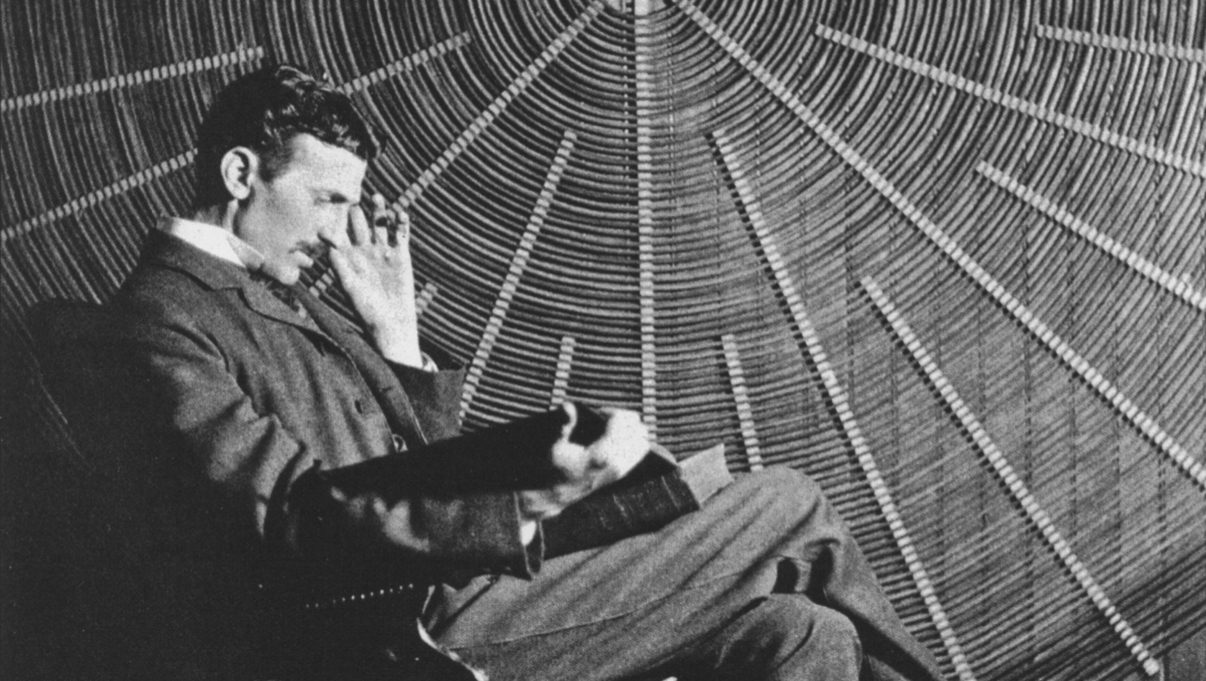Just how innovative is 3D entertainment technology?
n

Over the past 30 days or so, there has been a sudden explosion of interest surrounding 3D entertainment technology — driven in no small part by the phenomenal success of James Cameron’s Avatar. (Apparently, more than 70% of Avatar ticket sales are from 3D or IMAX screenings.) This week in Las Vegas, there has been buzz around 3D television technology from mainstream consumer electronics companies such as Panasonic – which recently revealed itself to be a “pal” of Avatar when it comes to bringing 3D entertainment technology to the masses. On top of that, ESPN recently announced plans to launch a new sports channel for live 3D events.
On the surface, it would appear that “3D TV” is poised to become the first breakout innovation hit of 2010. Dig a little deeper, though, and it’s not clear how innovative 3D technology really is. It could turn out to be a “Red Sox” technology – a technology destined to tantalize its fans for decades at a time without achieving its true potential. Take speech recognition software, for example — sounds great in theory, but frustrating in practice. Or how about e-books or virtual conferencing or any number of other technologies that always seems to be right at the cusp of greatness?
Writing about the potential of ESPN 3D, Justin Peters of Slate.com makes a simple but elegant argument about 3D entertainment technology that’s worth keeping in mind. The reason why the 3D effects in Avatar are so impressive (and trust me, it’s worth shelling out the extra 5 bucks or so for the full 3D treatment – I was blown away by Avatar) is because nobody has any idea of what a blue Na’vi should look like, let alone in 3D:
“Live-action 3-D differs from the 3-D camerawork made famous in CGI-heavy movies like Avatar.
A 3-D representation of the computer-generated Na’vi looks great
largely because you’ve never seen a Na’vi before. Since you have no
idea what a blue cat person is supposed to look like (and since the
blue cat people are computer-generated), you don’t pick up on any
visual distortions. But we all know how a real, 3-D human is supposed
to look—and, while watching a 3-D football game, you’re acutely aware
that the guys in helmets and pads don’t look exactly right. The
difference between JaMarcus Russell and 3-D JaMarcus Russell is like
the difference between Elvis and the world’s best Elvis impersonator.”
In other words, once you know what a 3D effect is supposed to look like, it’s immediately less impressive than it should be. Which reminds me of my recent experience buying a new HDTV big enough to blow away any guests I might invite over to enjoy a baseball game in HD… I tuned the TV to the “regular” channel and asked my guests to watch a Yankees game for a few minutes. And then I tuned the TV to the HD channel, where I was highly confident that I would witness a true epiphany. I literally expected my guests to break down in tears at the experience of watching A-Rod and Jeter and Mariano in crisp, detailed HD. But what did I get? “Nice TV. Looks great… but I can’t tell the difference between the regular and HD channels.”
Which is what, I fear, will be the case with 3D TV. There’s clearly something going on with video gaming technology and CGI and augmented reality, but I’m not sure if the final answer is 3D TV.
[image: Blue Na’vi from Avatar]
n




